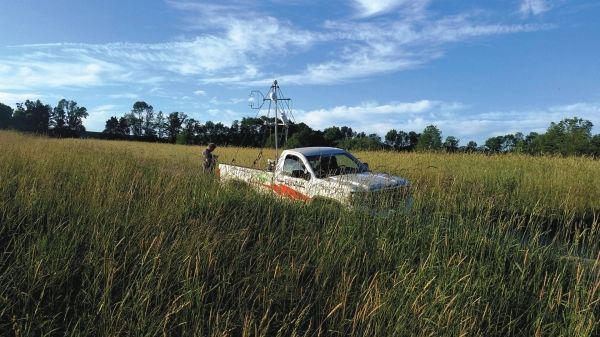Wells that extract natural gas from underground often leak large amounts of methane, a powerful greenhouse gas, into the air. A team of Princeton University researchers has found that, in one of the biggest gas-producing regions, most of these emissions come from a tiny subset of the wells, a finding with major implications for how to control the problem.
Researchers led by Mark Zondlo, an associate professor of civil and environmental engineering, spent two years sampling emissions from the Marcellus Shale, a basin that stretches from West Virginia into New York State. In research published in the journal Environmental Science and Technology, the authors reported that 10% of wells account for more than three quarters of gas leaked into the atmosphere as a byproduct of extraction. That has the equivalent greenhouse gas effect of adding 500,000 cars, or about 2% of the U.S. auto market, to the road.
This finding, however, may have a silver lining for mitigating impacts on the environment, Zondlo said, because fixing a relatively small number of these “superemitting” wells could lead to a major reduction in emissions. He cautioned that identifying the leakiest wells is not always easy, in part because well emissions can change over time.
Read more at Princeton University
Photo by Bernhard Buchholz


